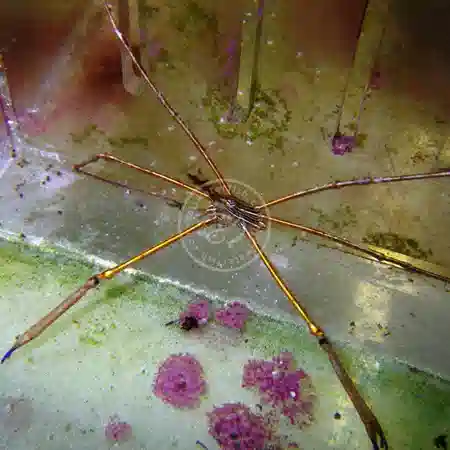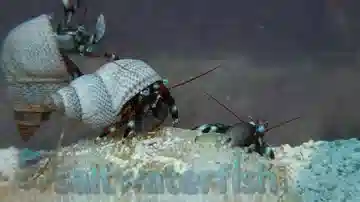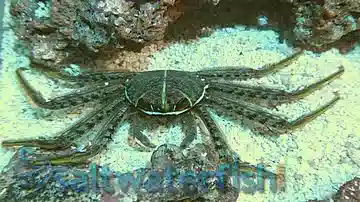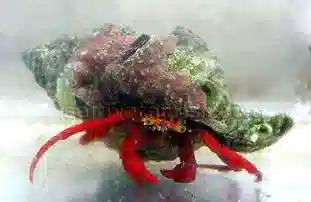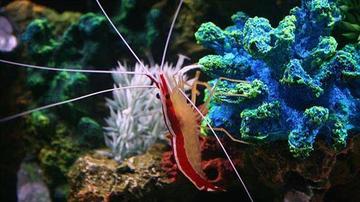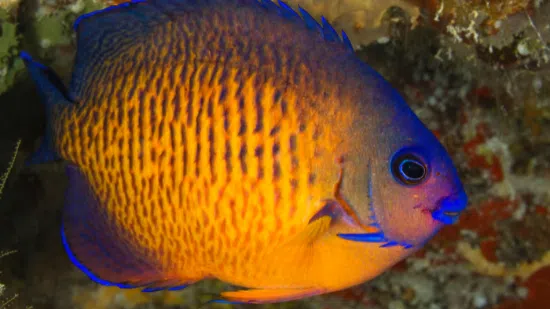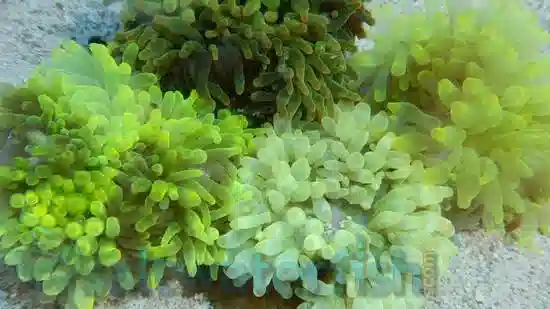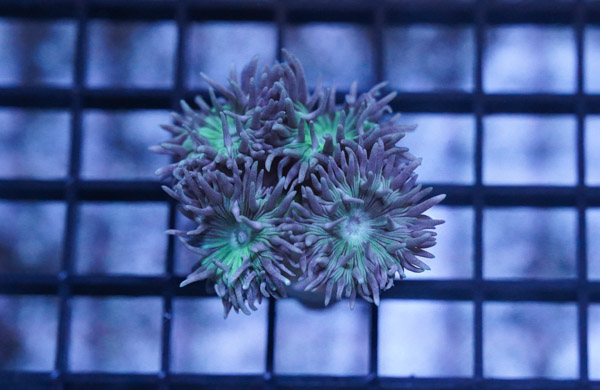These animals need to be adopted. They are in great health, but do not meet our standards as being perfect. They are either missing a claw or a leg.Perhaps one of each. Over time they will molt and grow back. We just do not have the room to continue to hold them in our systems. This is where you come in, we are discounting them so that you will adopt them and take care of them. In time you will see that they will be perfect again. The Arrow Crab is brown in color with claws that are usually tipped in purple. They have a small triangular shaped body with a pointed head and long hinged legs. Their legs extend straight to keep predators at bay. Arrow Crabs are tremendous scavengers and are highly sought after for their diet of Bristle Worms and Flat Worms. They are very easy to care for and frequently found hiding in floating Sargassum in Florida and the Caribbean. Only one should be kept per tank and they should only be kept in larger tanks.Crabs belong to the Class Crustacea and Order Decapoda, which is characterized by two pair of antennae, three body parts, and five pairs of legs. The head of a Crab is connected to the thorax and covered by a shell called carapace. They have a smaller abdomen and tail compared to Shrimp and they keep this tucked beneath the carapace. The first pair of their legs are usually developed claws which they use to gather food, use as protection, and to move objects. In order for Crabs to grow they need to shed their exoskeleton, a process called "molting", which allows them to remove their restricting shell and begin a new one. Often times in the home aquarium Crabs will leave this translucent shell in full view so it can serve as a distraction while the Crab finds a hiding place and allows its new shell to harden.Photo by Saltwaterfish.com member, Isistius: Jeff Gartner
